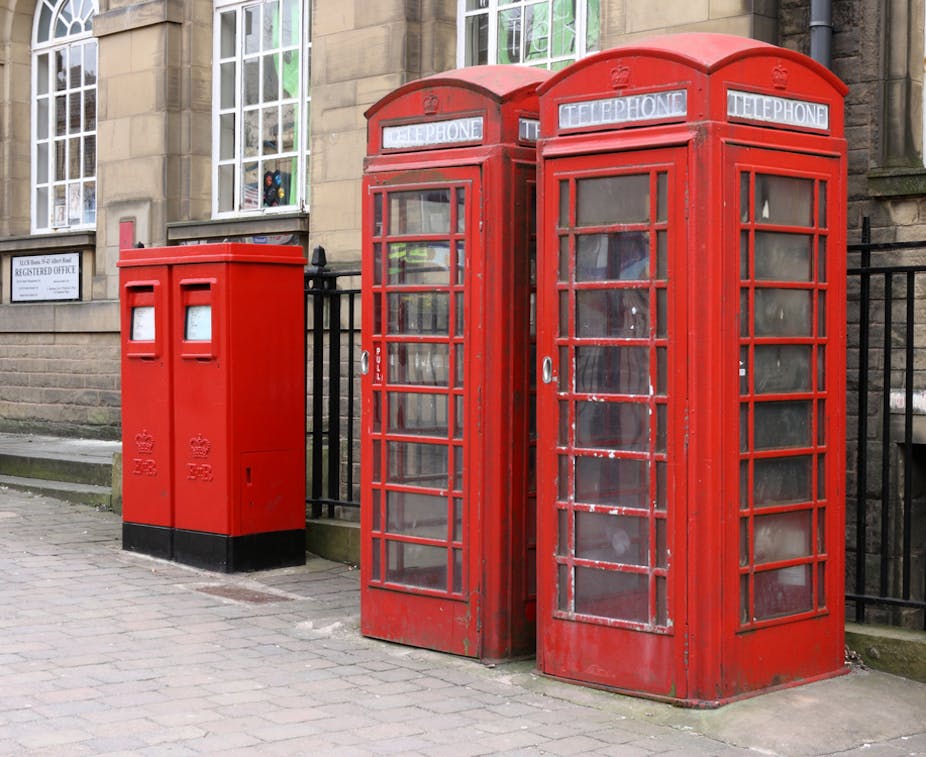The Post Office has announced plans to launch a mobile phone service later this year. It’s a tough market to break into, however, with big supermarket chains already offering similar services. For most of its existence the Post Office has lived a relatively sheltered life, so what makes it think it can compete for our mobile contracts?
For a start, this move isn’t as odd as it first appears – the Post Office once had responsibility for the vast majority of the UK’s telephone services. In 1981 responsibility for post and telephone was split into the Post Office and British Telecom respectively. A further split followed in 2011, separating the Post Office from the Royal Mail Group.
The latest move does not mean the Post Office is about to build its own network of course, complete with new masts, towers, cables and all. There are in fact only four mobile networks in the UK: EE, O2, Vodafone and 3. All other mobile providers piggyback on the infrastructure of one of the core operators.
These companies are known as Mobile Virtual Network Operators (MVNO), and there are now more than 50 such operators in the UK. The virtual operators enter into a wholesale deal with one of the four networks to obtain bulk access to its network. The virtual operator is then able to set its own retail prices and manage its own customer base. The service provided to a customer is fully branded under the name of the virtual operator with customers often totally unaware of which actual network they are connected to.
With many virtual operators already well established, the Post Office will need to differentiate itself in the marketplace. The key battlegrounds will be pricing and 4G services.
Fortunately for the Post Office, its mobile service will be offered through EE which currently has the UK’s largest 4G network. But others are already a step ahead. EE supports more than 25 virtual operators including BT, Virgin Mobile and ASDA Mobile. Tesco Mobile, which uses the O2 network, was the first virtual operator to launch 4G services in October 2013 and has this year dropped the premium charges for the service.
If similar 4G packages are available elsewhere, the Post Office could still stand out by appealing to its history – who do you trust more, a supermarket or the Post Office? The fact it is an established brand within the UK is a major factor in its favour, and its significant high street presence provides a readymade outlet for selling its mobile products. Many of these high street locations have recently been refurbished too, part of the government’s £1.3 billion plan to revitalise the Post Office.
One also assumes that flexible payment options such as in-store cash payment currently offered to its broadband and home telephone customers will be extended into its mobile products. The Post Office also has established call centres, although feedback and reviews of its broadband customer support have been less than favourable. It will therefore be essential to get this right for its mobile service.
In principle the Post Office is well placed to offer mobile services: an established, trusted brand, with much of the infrastructure already in place. But it won’t be easy. Its main competitors are well established in the marketplace and so success will ultimately come down to the pricing policy and the quality of customer service they can offer. A competitively priced 4G product could well be just what they need.

